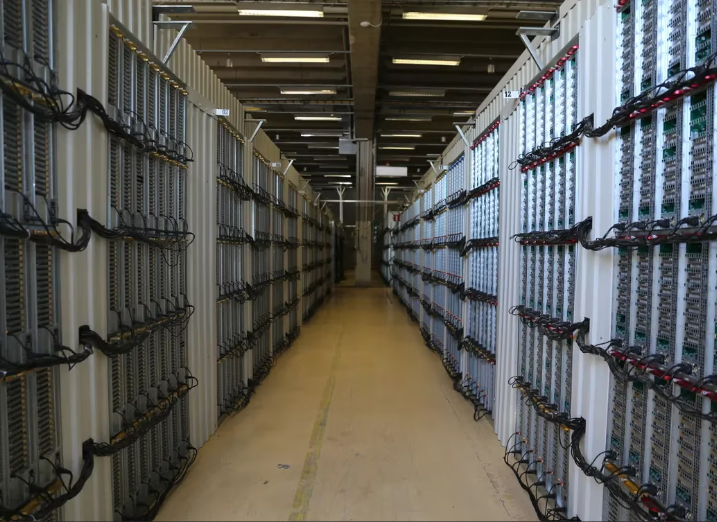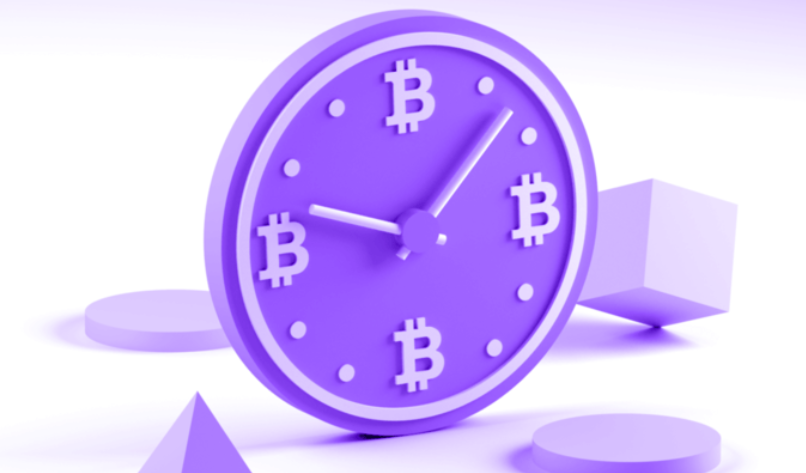Liquidity Pool Tokens (sometimes known as Liquidity Provider Tokens) are awarded to users who provide liquidity in Liquidity Pools. These tokens act as a receipt, allowing you to claim back your original stake and the interest earned.
You can also use your LP tokens to compound interest in a yield farm, take out crypto loans, or transfer ownership of staked liquidity. However, it is important to understand that you do not actually own the associated liquidity once you relinquish custody of your LP tokens.
Introduction
While most DeFi users are aware of liquidity pools, LP tokens are often an afterthought. However, these crypto assets have their own use cases aside from unlocking the liquidity provided. So while there are risks to using your LP tokens in other applications, there are viable strategies to extract more value from these unique assets.
What does it mean to provide liquidity?
In its most basic form, liquidity is the ability to trade an asset easily without causing significant price changes. A cryptocurrency like Bitcoin (BTC), for example, is a highly liquid asset. You can trade it on thousands of exchanges in almost any amount without actively affecting its price. However, not all tokens are lucky enough to have this level of liquidity.
When it comes to decentralized finance (DeFi) and smaller projects, liquidity can be low. For example, the coin may only be available on one exchange. You may also find it difficult to find a matching buyer or seller for your order. The liquidity pool model (sometimes known as liquidity mining) can be a solution to this problem.
A liquidity pool contains two assets that users can trade between. There is no need for market makers, takers or an order book, and the price is determined by the proportion of the assets in the pool. The users who deposit the pair of tokens in the pool to enable trading are known as liquidity providers. They charge a small fee to users who trade using their tokens.
So while providing liquidity means offering your assets to a market, we are explicitly talking about DeFi liquidity pools in the case of LP tokens.
Please note that just because there is a liquidity pool for an asset pair does not mean that there is a lot of liquidity. However, you will always be able to trade using the pool and will not need to rely on someone else to match your order.
How do Liquidity Pool (LP) tokens work?
After depositing a couple of tokens in a liquidity pool, you will receive LP tokens as a “receipt”. Your LP tokens indicate your share of the pool and allow you to get your deposit back, plus any interest earned. Therefore, part of the security of your deposit depends on you keeping your LP tokens. If you lose them, then you lose your share.
You will find your LP tokens in the wallet you used when providing liquidity. You may need to add the LP token smart contract address to see it in your crypto wallet. Most LP tokens in the DeFi ecosystem can be transferred between wallets, thus transferring ownership. However, you should always check with the liquidity pool service provider as this is not always the case. Transferring the tokens may, in some cases, cause a permanent loss of the liquidity provided.
Where can I get liquidity pool tokens?
LP tokens are only issued to liquidity providers. To receive them, you will need to use a DeFi DApp to provide liquidity, such as PancakeSwap or Uniswap. The LP token system is common to many blockchains, DeFi platforms, automated market makers (AMMs), and decentralized exchanges (DEXs).
However, if you use liquidity pool services in a centralized finance (CeFi) set up on an exchange, you will likely not receive LP tokens. Instead, they will be held in the custody of the custody service provider.
Your LP token will usually have the name of the two tokens you are providing liquidity in. For example, CAKE and BNB provided in a PancakeSwap liquidity pool will give you a BEP-20 token called CAKE-BNB LP. On Ethereum, LP tokens are usually ERC-20 tokens.
What can I do with the LP tokens?
While LP tokens act like a receipt, that’s not all you can do with them. In DeFi, there is always an opportunity to use your assets on multiple platforms and stack services like Lego.
Use Them as a Transfer of Value
Perhaps the simplest use case for LP tokens is to transfer ownership of their associated liquidity. Some LP tokens are tied to specific wallet addresses, but most allow the free transfer of tokens. For example, you could send BNB-wBNB LP tokens to someone who could then remove the BNB and wBNB from the liquidity pool.
However, calculating the exact number of tiles you have in the pool is difficult to do manually. In this case, you can use a DeFi calculator to calculate the number of staked tokens associated with your LP tokens.
Use them as collateral in a loan
Since your LP tokens provide ownership of an underlying asset, there is a good use case for using them as collateral. Just like when you provide BNB, ETH, or BTC as collateral for a crypto loan, some platforms allow you to offer your LP tokens as collateral. Typically, this will allow you to borrow for a stablecoin or other large market cap asset.
In these cases, the loan is overcollateralized. If you are unable to maintain a certain collateral ratio, the lender will use your LP tokens to claim the underlying assets and liquidate them.
Compound Your Yield
One of the most common things you can do with your LP tokens is deposited them into a yield compound (sometimes known as a yield farm). These services will take your LP tokens, collect the rewards regularly and buy more of the token pair. The compound will then stake these back into the liquidity pool, allowing you to capitalize on your interest.
While the process can be done manually, a yield farm can, in most cases, combine more efficiently than human users. Expensive transaction fees can be shared between users and compounding can be done multiple times a day, depending on the strategy.
What are the risks of LP tokens?
As with any other token, there are risks associated with LP tokens. These include:
Loss or theft – If you lose your LP token, then you lose your share of the liquidity pool and any interest earned.
Smart Contract Failure – If the liquidity pool you are using is compromised due to a smart contract failure, your LP tokens will no longer be able to return your liquidity to you. Likewise, if you stake your LP tokens with a yield farm or loan provider, your smart contracts could also fail.
Difficulty knowing what they represent: Looking at your LP tokens, it’s nearly impossible to guess exactly what they’re worth. If token prices have diverged, you will also have incurred temporary losses. You also have an interest in considering. These uncertainties can make it difficult to make an informed decision about when to exit your liquidity position.
Opportunity Risk – There is an opportunity cost associated with providing your tokens as liquidity. In some cases, you may be better off investing your tokens elsewhere or using them on a different opportunity.
Closing thoughts
The next time you are providing crypto liquidity to a liquidity pool in a DeFi protocol, it is worth considering whether you also want to use your LP tokens. Depositing into a liquidity pool may only be the first part of a DeFi strategy. So, in addition to just HODLing, take a look at your investment plans and risk tolerance to decide if additional investment is right for you.














